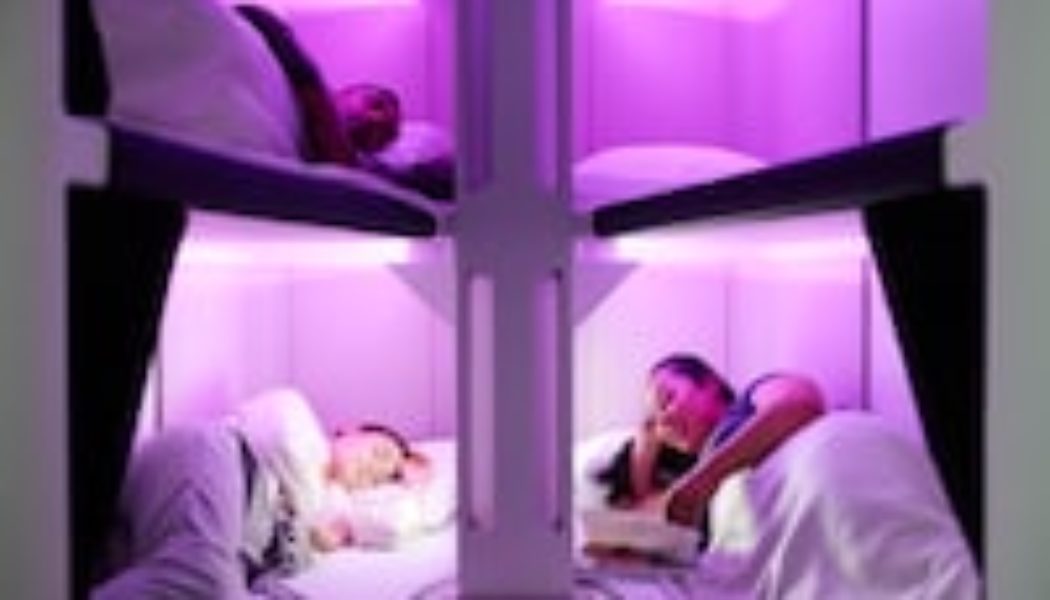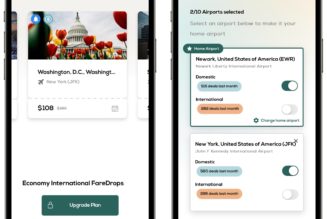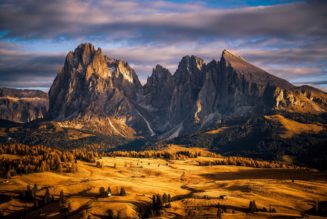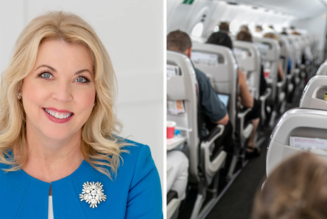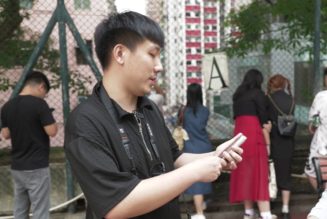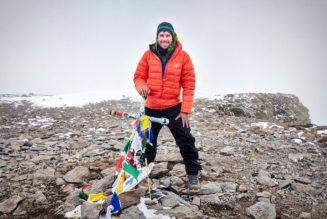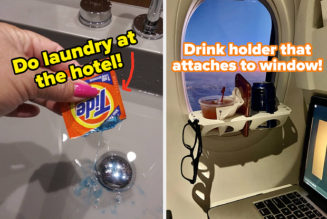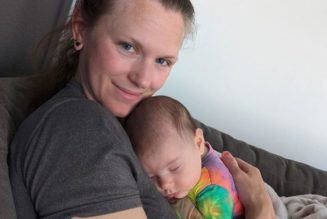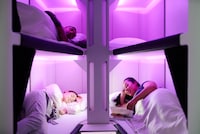
When taking a red eye, there is nothing more valuable than the ability to sleep. Historically, the privilege to get some decent shut-eye has been reserved for those who can afford lie-flat seats in the first and business classes. But Air New Zealand is hoping to change that with the first-ever bunk beds on planes.
The Skynest will debut in September 2024 as part of the airline’s retrofit of their existing wide-body planes, as well as the new Dreamliners they’ve purchased. The bunks will be the first sleep pods ever seen in the sky, with six pods available to economy passengers on long-haul and ultra-long-haul flights.
“[Skynest] was really born out of our research telling us that sleep was core to customer experience,” says Leanne Geraghty, chief customer and sales officer at Air New Zealand.
New Zealand’s location on the globe means passengers can spend a considerable time in transit — up to 17 hours for those traveling between Auckland and New York’s John F. Kennedy airport — making the ability to sleep crucial. The retrofit enhances the potential sleep experience throughout every cabin, from the new Business Premier Luxe offering at the front of the plane, to the larger seats being installed in economy, but Skynest will give passengers without a lie-flat seat the unique chance to get properly horizontal.
Air New Zealand has a history of putting sleep first: They debuted the Skycouch in 2010, allowing economy passengers to book three adjacent seats that can be converted into a lie-flat experience with a specially designed mattress across the seats. The configuration is ideal for individuals, couples and parents with small children to sleep soundly at an additional cost that remains below business class prices.
Understanding that economy passengers want to lie flat during a long flight isn’t groundbreaking, but the engineering to make this happen is; that’s why no other airline has it. . “We believe that we’re first to actually put this offering onboard an aircraft,” Geraghty says, though some planes from the 1930s to 1950s did feature train-like berths. The bunk-bed layout was the goal from the outset, but tweaking it to get the exact right configuration took 170,000 design hours, according to Geraghty.
What the Skynest beds are like
On a recent visit to New Zealand, I had the chance to tour Hangar 22, the airline’s innovation lab in Auckland, which includes prototypes of every cabin. While it was tempting to get cozy in a new Business Premier seat, with its 24-inch entertainment screens, I wanted to try out the Skynest.
At first glance, the purple-lit pods look like the bunks found on sleeper trains in Europe, but with more of a space-age vibe. In what would be the front of the center aisle of the economy section, three bunks are stacked into two columns, with six total pods measuring at 6 feet 7 inches long and 2 feet wide.
A pillow and eye mask awaits on each bed, the top one of which is near the ceiling of the fuselage, while the bottom one is essentially directly on the floor. A small stepladder with three steps bisects the bunks.
I use the handlebar to pull myself onto the top bunk first, my view of the other bunks immediately obscured as soon as I’m in position. Although I’m not a tall person (5 feet 3 inches), there seems to be more than enough space for those who are. A nearly opaque privacy curtain leaves me feeling sufficiently alone on my thin but comfortable mattress. Overall it’s quite cozy, with enough room to turn over. Even in the bottom bunk, which feels the most like being in a cocoon, offers enough space to sleep comfortably. There’s no shelf or storage for your things, but there is a charging USB port, a reading light and a ventilation outlet.
The middle bunk gives me the greatest pause due to being between two other potential passengers. When I ask an Air New Zealand employee to make a reasonable amount of noise above me, I can’t hear much. I’m confident that the sound of the plane’s jets, combined with ear plugs or headphones, will make this a surprisingly quiet experience.
How to book the Skynest bunks
Sleeping in the first ever bunk-bed in the sky is likely an exciting prospect for all aviation lovers, but the beds will be reserved for economy passengers. “Whether [passengers] purchase a ticket in Premium Economy or Economy, they have the opportunity to purchase a block of time to utilize the Skynest,” Geraghty says.
Though Air New Zealand is working through the finer details, “we will be looking to sell the Skynest pods in four-hour blocks,” Geraghty says. That number isn’t random; the timing is based on sleep research. “We know that most people undergo a 90-minute REM (rapid eye movement) cycle. So, the four hour block allows them to have two of those REM cycles with time to wind down and then wake back up.” There will be a 30-minute buffer between sessions so the crew can clean and reset the pods with new linens.
To streamline the process, passengers will be booked for sessions simultaneously, starting and ending at the same time as the other Skynest sleepers. Those purple lights will dim when a session begins, then come back on to signify that it’s ended. “And for those customers that are deep in slumber, the crew will gently wake them as they do every day on our flights when we’re coming in to land after a long-haul flight,” says Geraghty.
Right now Air New Zealand is planning to offer Skynest bookings before the flight, whether that’s during the initial booking process or as an add-on later, but is hoping to have the technology to sell unbooked blocks during flights themselves. And as for cost, that’s also still being worked out. “Pre-covid, we were looking somewhere around that $400 — potentially to $500 — dollar mark,” says Geraghty, but final pricing is still being determined.
Ali Wunderman is a travel writer based in San Francisco. You can follow her on Instagram: @aliwunderman
